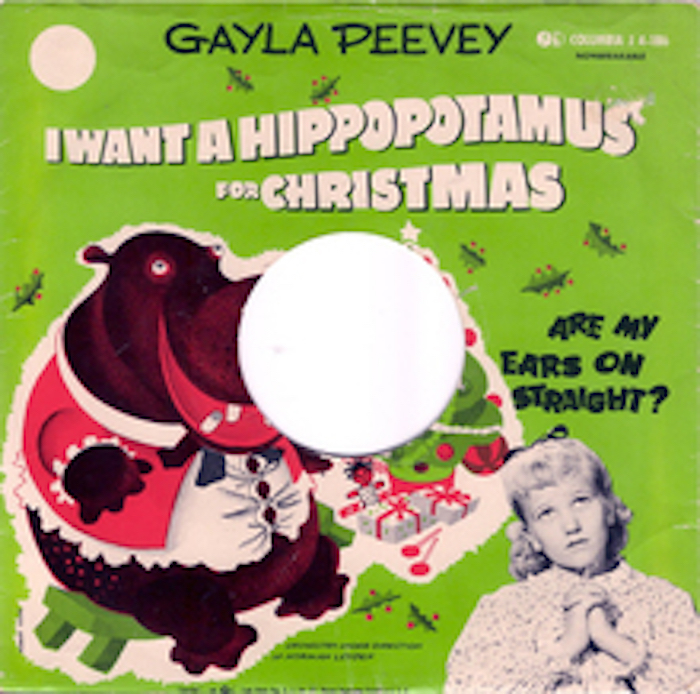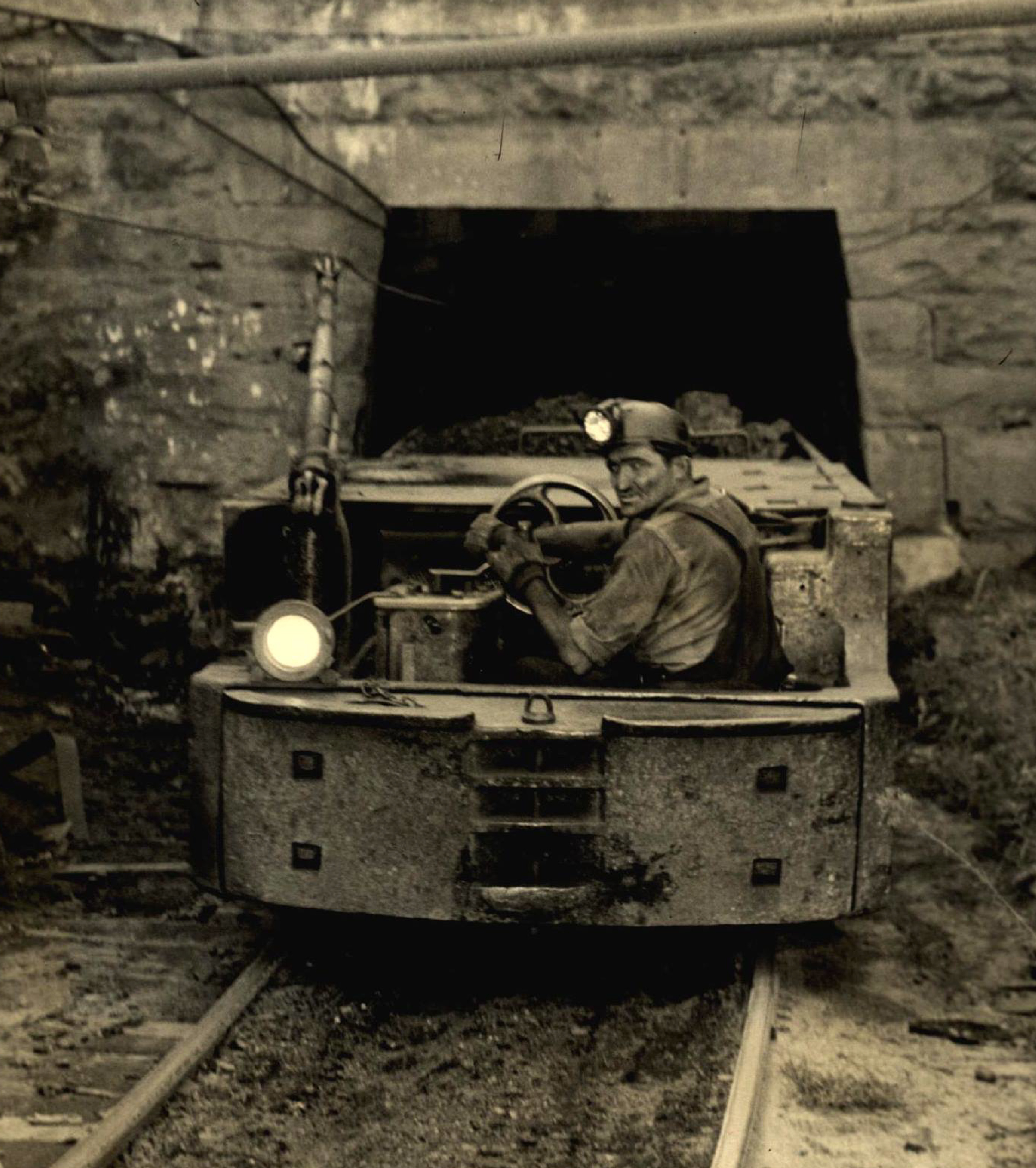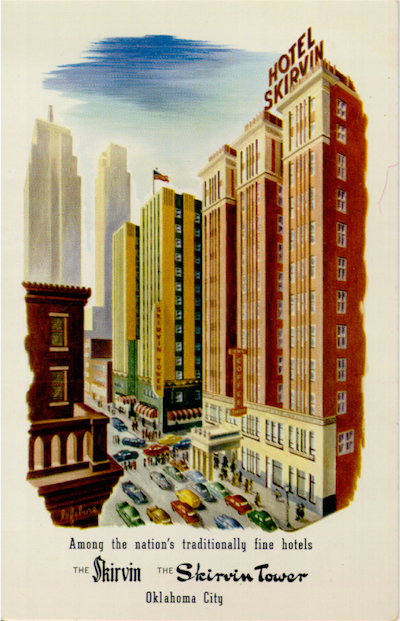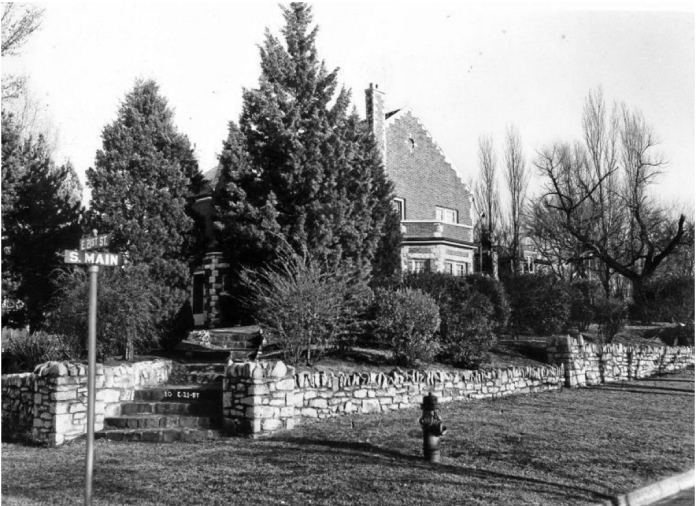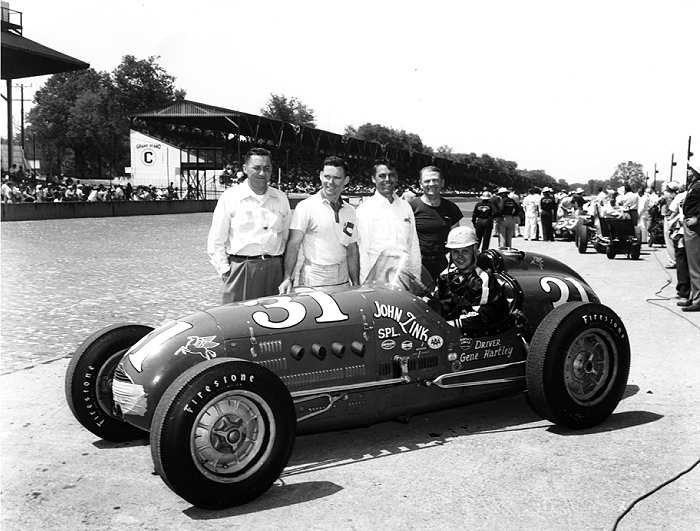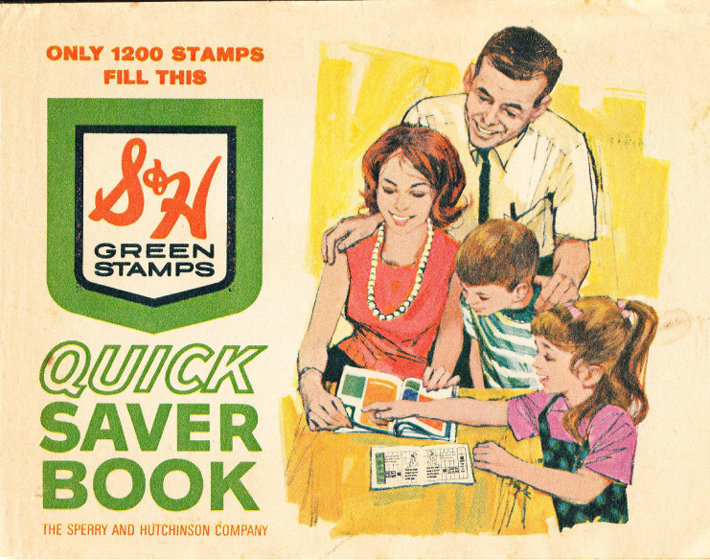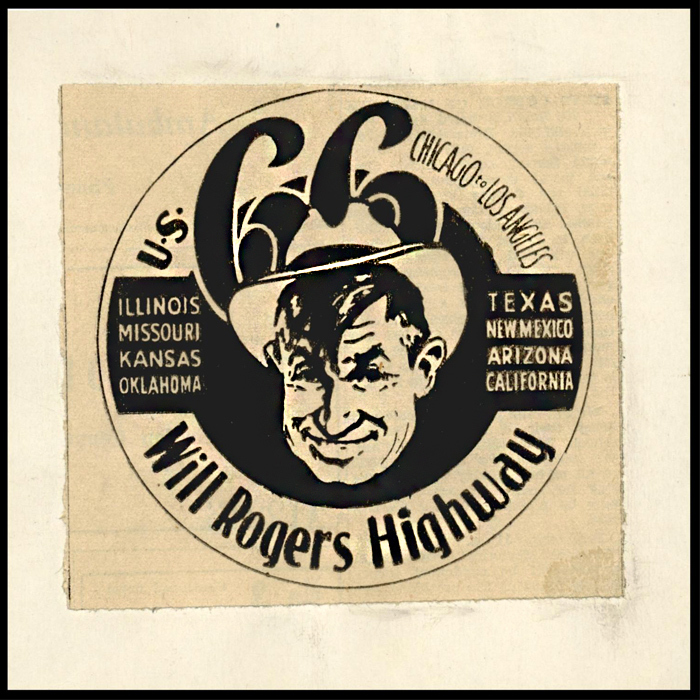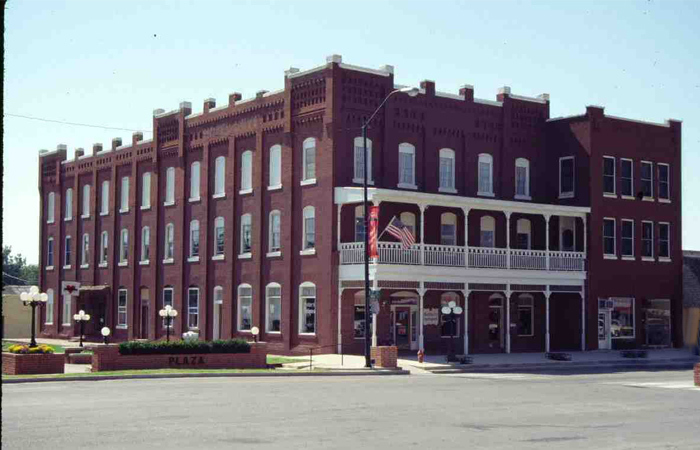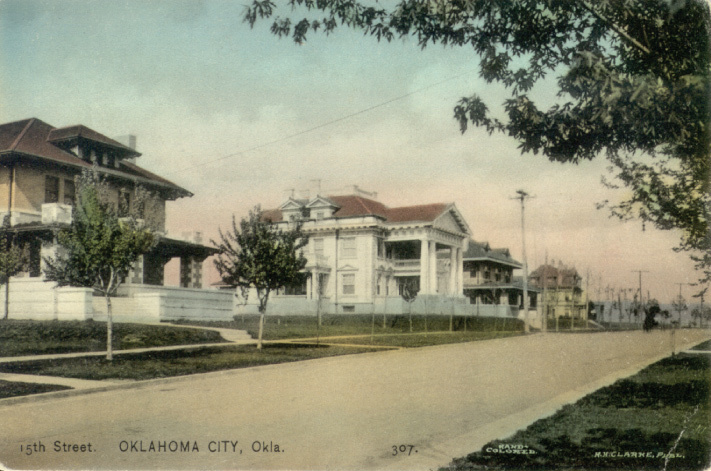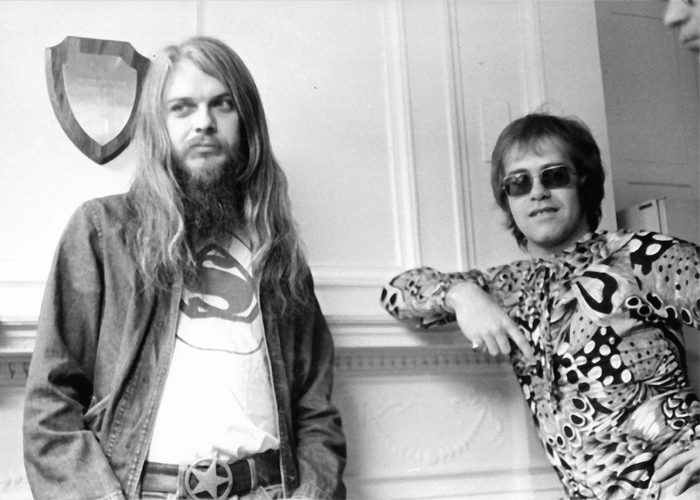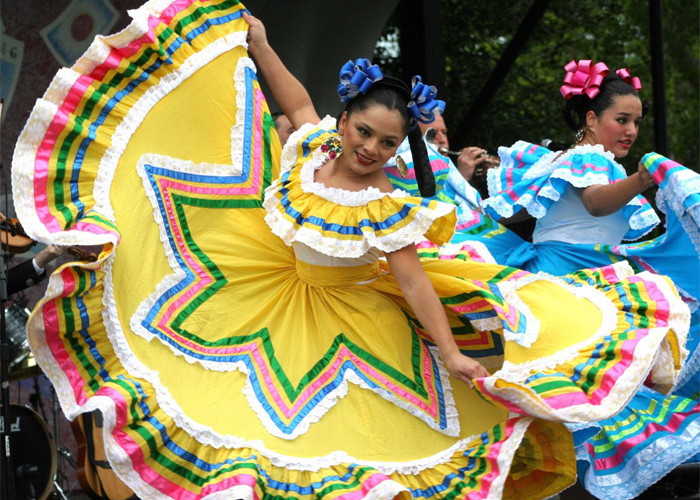Oklahoma native Gayla Peevey is the famous voice behind the 1953 hit song, “I Want a Hippopotamus for Christmas.”
Peevey was born in 1943 in Oklahoma City and began singing at church during preschool. In fourth grade, Peevey appeared regularly on TV stations WKY and Channel 4 in Oklahoma City. At the age of 10, she caught the eye of Columbia Records.
Peevey and her mom traveled from Oklahoma to New York to meet with Mitch Miller, a well-known record company executive and producer. Together, they created the catchy, classic song that we play on repeat during the holidays.

